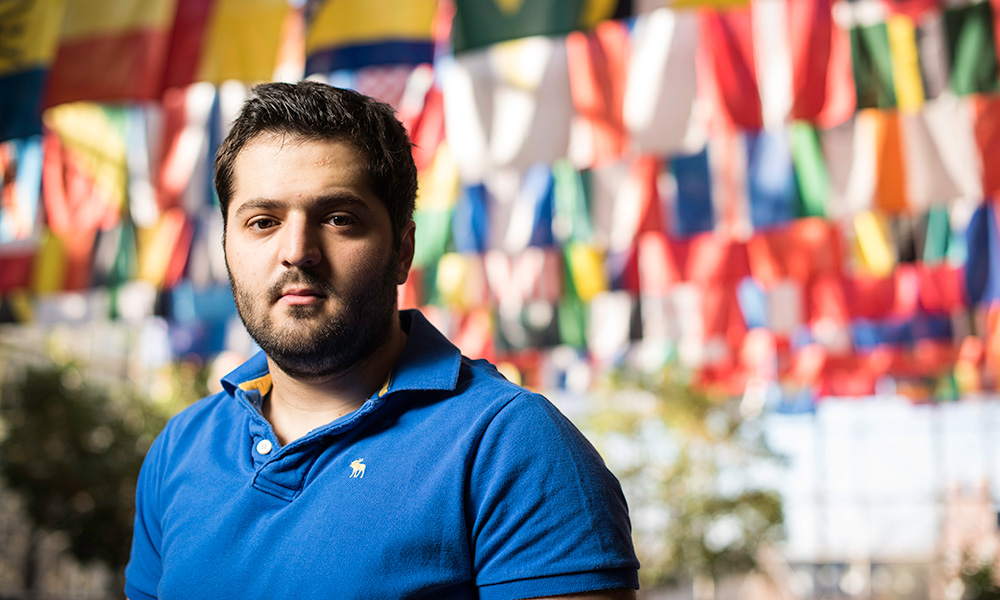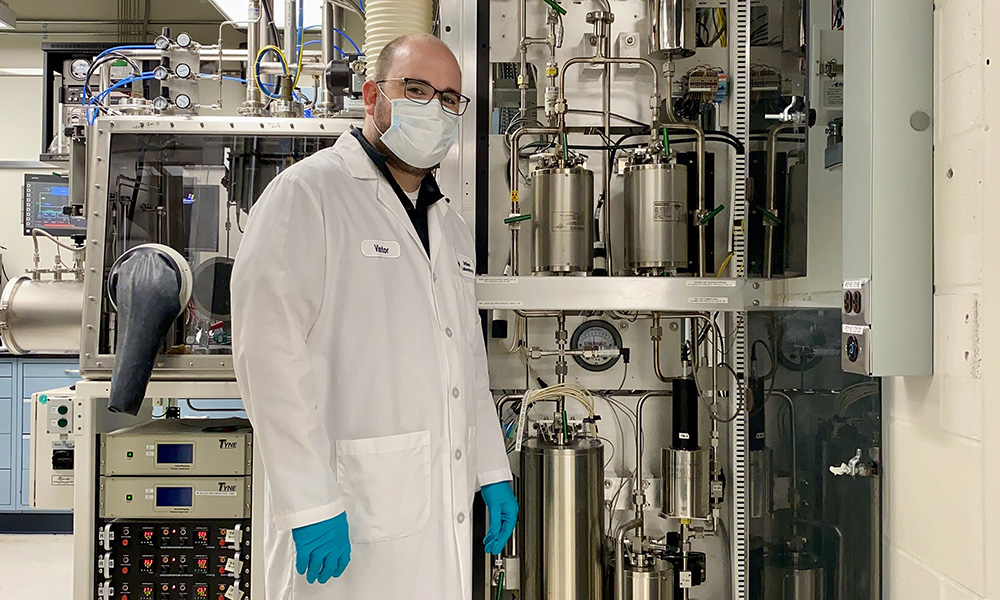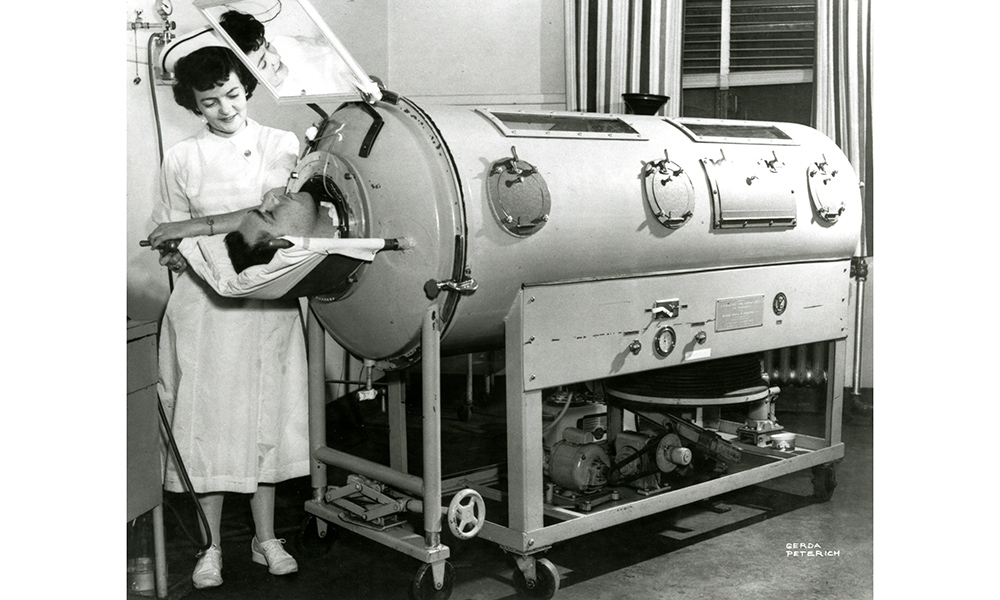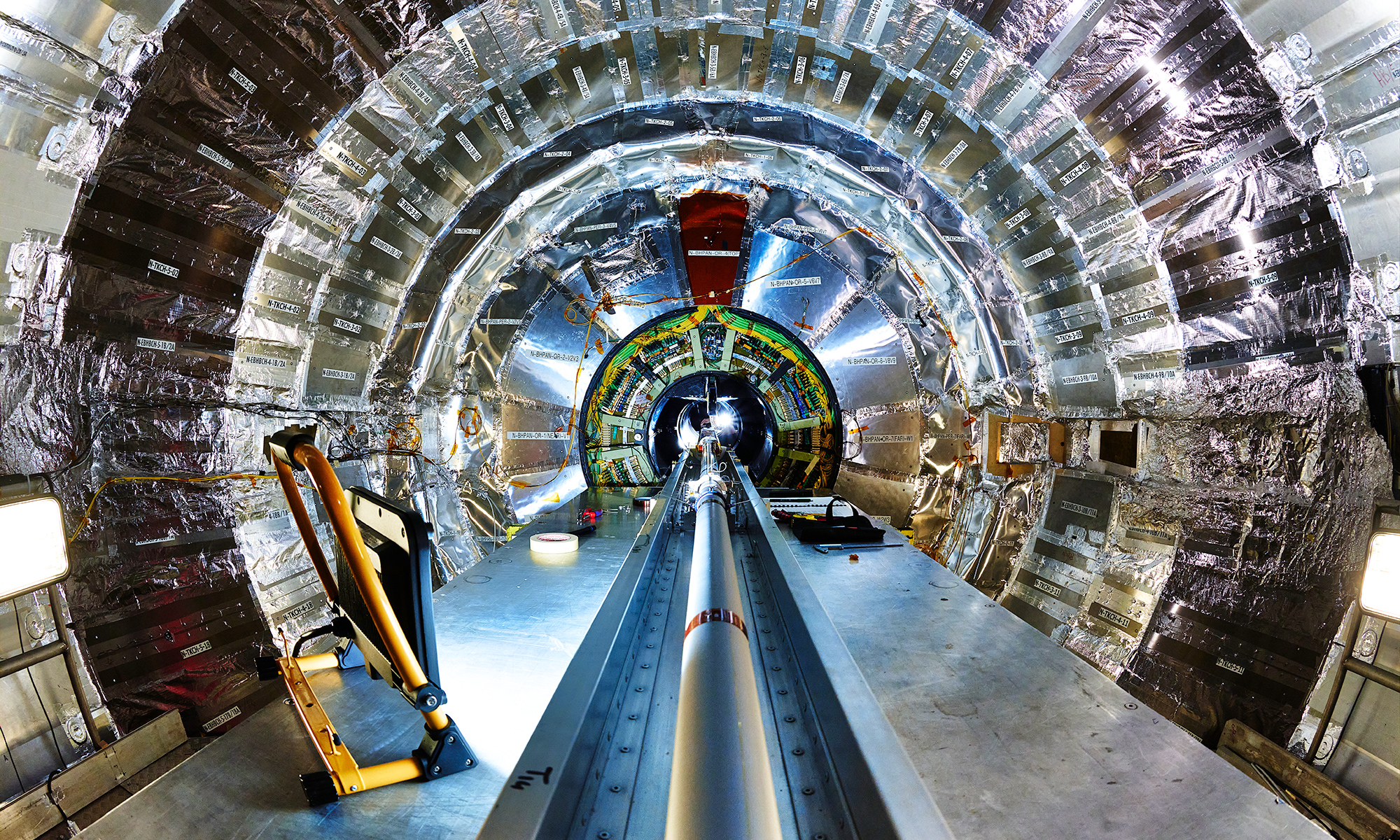After COVID-19 closed their campus, mechanical engineers at the University of Rochester—true to their calling—wanted to use their problem-solving skills to help combat the pandemic.
Fortunately, they heard about Coty Pastene and her volunteer organization Face Shields Roc, which was producing much-needed protective face shields—an important aspect of personal protective equipment (PPE) that nurses, doctors, and other health care providers need to stay safe during the pandemic.
Pastene welcomed the engineers to Face Shields Roc, a community of volunteers that also includes 3-D hobbyists and engineers at Rochester Institute of Technology. For two and half months, the University’s engineers created properly sized plastic sheets for the shields with a laser cutter and produced plastic frames on five 3-D printers.
Rochester Restart
Stay up to date on the University’s plans to safely phase in campus operations.
Coronavirus concern
If you’re concerned about sympotoms of potential exposure to coronavirus, visit the University’s COVID-19 websitefor guidance and information.
“Coty has been the superstar,” says Omar Soufan ’17, ’18 (MS), a research technician in the Department of Mechanical Engineering who led the University team. “She provided a majority of the funding, resources, and connections to other institutions. Honestly, our work took a new turn when we joined her group. It has never been more true in my life, that there is strength in numbers.”
And the numbers have been remarkable.
Providing protective equipment locally and across the country
Pastene’s organization, consisting of about 80 volunteers, has produced 24,464 face shields, initially for Rochester-area hospitals, nursing homes, and clinics, then for hospitals and long-term care facilities in Massachusetts, Ohio, Michigan, and Georgia, and most recently, for relief agencies in the Middle East, Haiti, Honduras, and Mexico.
Soufan’s team produced about 2,500 3-D–printed headbands and more than 3,000 laser cut sheets that were assembled into face shields.
“That’s about 10 percent of our total production,” Pastene says. The contribution from Soufan and his team has been “immense,” she says.
Making face shields with 3-D printers and transparency sheets
Pastene, a data engineer with Shaw Industries, launched her project March 28 after her wife, Katie, an ICU nurse practitioner at Strong Memorial Hospital, told her about the critical need to provide PPE for caregivers working with COVID-19 patients. Pastene “went out on a limb” with a post on the Town of Webster Facebook page, asking “Does anyone have a 3-D printer or transparency sheets and want to print face shields for our medical community.”
The response was immediate.
“That’s the beauty of this city, that the people of Rochester, including Omar and his team, are so philanthropic, and so willing to find out ‘Who are you? What do you want to do? Cool, we’ll jump into that.’ ” Pastene’s employer generously helped cover shipping costs; Monroe County also provided support.
Many of the volunteers, including Pastene and Soufan, were doing the volunteer work in addition to their regular jobs.
As Monroe County has been able to limit the COVID-19 pandemic this summer, Face Shields Roc is on standby for now. But the organization is ready to resume production at a minute’s notice if a surge in cases occurs locally, Pastene says.
“If there’s any organization locally that needs face shields, we’re more than happy to continue helping,” she says. “But we also understand that there’s a lot of small companies that are selling face shields at a nominal price, and I would feel terrible stealing their business.”
To learn more, contact Pastene at cotypastene@gmail.com or visit the organization’s website.
Meet the Rochester PPE team
The University’s contribution was also a team effort.
In addition to Soufan, research engineer Jonathan Becker; graduate students Katherine Kraweic and Jia Liu; Matthew Yates, a professor of chemical engineering; postdoctoral associate Jonathan Cheng, and Soufan’s brother, Fares, were instrumental in achieving the production goals through 3-D printing, laser cutting, and assembly.
The Department of Mechanical Engineering’s senior technical associate, Scott Russell, Soufan’s colleague and mentor, started the initiative with Soufan, connected him with Pastene, and worked on production and assembly efforts.
Department technical associates Mike Pomerantz and Chris Pratt helped troubleshoot technical and production aspects of the project. Jill Morris, department administrator, and Alexandra Ferrarese, staff accountant, handled purchases and expenses. And Renato Perucchio, a professor and chair of mechanical engineering, lobbied to provide access for employees during lockdowns and provided financial support and encouragement. The initiative would not have launched if it was not for the financial support from the Department of Mechanical Engineering and Institute of Optics.
With the face shield project winding down for now, Soufan will turn his attention to another COVID-related project—a low-cost reusable respirator for those in need.
Soufan, who is from Syria, came to the University initially as a biomedical engineering undergraduate. As a student he teamed up with a fellow student to design prosthetics for refugees in the Middle East, and also competed in the national innovation Hult Prize competition with a plan to build refugee housing out of recycled plastic bricks.
“There is so much pain and suffering around the world,” Soufan says. “I consider myself very lucky, to have been given the opportunity to continue my education with the help of UR. When so many people live day by day. I feel that when the time comes and those people need help, I owe it to them to help make a difference.”
Read more
 ‘. . . help as many refugees as we could’
‘. . . help as many refugees as we could’As students, Omar Soufan ’17 and Ibrahim Mohammad ’17 worked to to bring 3-D–printed prosthetic upper limbs to Syrian refugees.

Researchers adapt to precautions
Time sharing, staggered shifts, and reconfigured spaces are among the adaptations the University has made for research to resume.

Ventilators: Three centuries of medicine
Ventilators used to treat life-threatening respiratory diseases—and so much in demand today—have had a ‘remarkable journey.’



